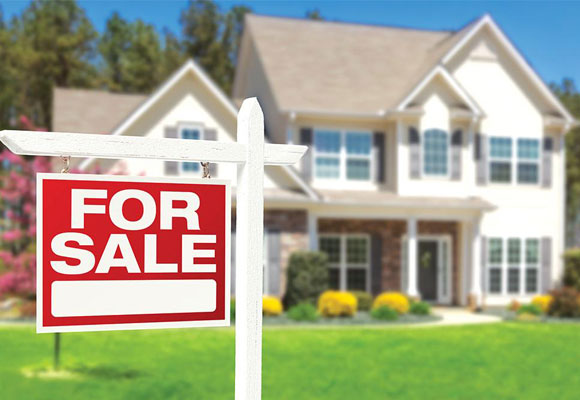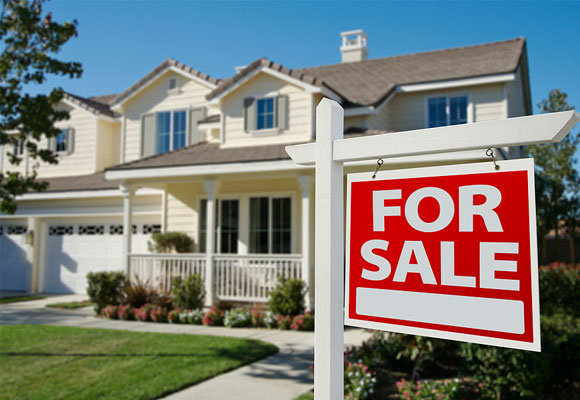Pending Home Sales to Highest Level
Total existing-homes sales in 2015 are forecast to be around 5.26 million, an increase of 6.4 percent from 2014.

Improved buyer demand at the beginning of 2015 pushed pending home sales in January to their highest level since August 2013, according to the National Association of Realtors. All major regions except for the Midwest saw gains in activity in January. The Pending Home Sales Index, a forward-looking indicator based on contract signings, climbed 1.7 percent to 104.2 in January from an upwardly revised 102.5 in December and is now 8.4 percent above January 2014 (96.1). This marks the fifth consecutive month of year-over-year gains with each month accelerating the previous month’s gain.
Lawrence Yun, NAR chief economist, says for the most part buyers in January were able to overcome tight supply to sign contracts at a pace that highlights the underlying demand that exists in today’s market. «Contract activity is convincingly up compared to a year ago despite comparable inventory levels», he said. «The difference this year is the positive factors supporting stronger sales, such as slightly improving credit conditions, more jobs and slower price growth».

Yun also points to more favorable conditions for traditional buyers entering the market. All-cash sales and sales to investors are both down from a year ago1, creating less competition and some relief for buyers who still face the challenge of limited homes available for sale. «All indications point to modest sales gains as we head into the spring buying season», says Yun. «However, the pace will greatly depend on how much upward pressure the impact of low inventory will have on home prices. Appreciation anywhere near double-digits isn’t healthy or sustainable in the current economic environment».
The PHSI in the Northeast inched 0.1 percent to 84.9 in January, and is now 6.9 percent above a year ago. In the Midwest the index decreased 0.7 percent to 99.3 in January, but is 4.2 percent above January 2014. Pending home sales experienced the largest increase in the South, up 3.2 percent to an index of 121.9 in January (highest since April 2010) and are 9.7 percent above last January. The index in the West rose 2.2 percent in January to 96.4 and is 11.4 percent above a year ago.

Total existing-homes sales in 2015 are forecast to be around 5.26 million, an increase of 6.4 percent from 2014. The national median existing-home price for all of this year is expected to increase near 5 percent. In 2014, existing-home sales declined 2.9 percent and prices rose 5.7 percent. The index is based on a large national sample, typically representing about 20 percent of transactions for existing-home sales. In developing the model for the index, it was demonstrated that the level of monthly sales-contract activity parallels the level of closed existing-home sales in the following two months.
An index of 100 is equal to the average level of contract activity during 2001, which was the first year to be examined. By coincidence, the volume of existing-home sales in 2001 fell within the range of 5.0 to 5.5 million, which is considered normal for the current U.S. population.
